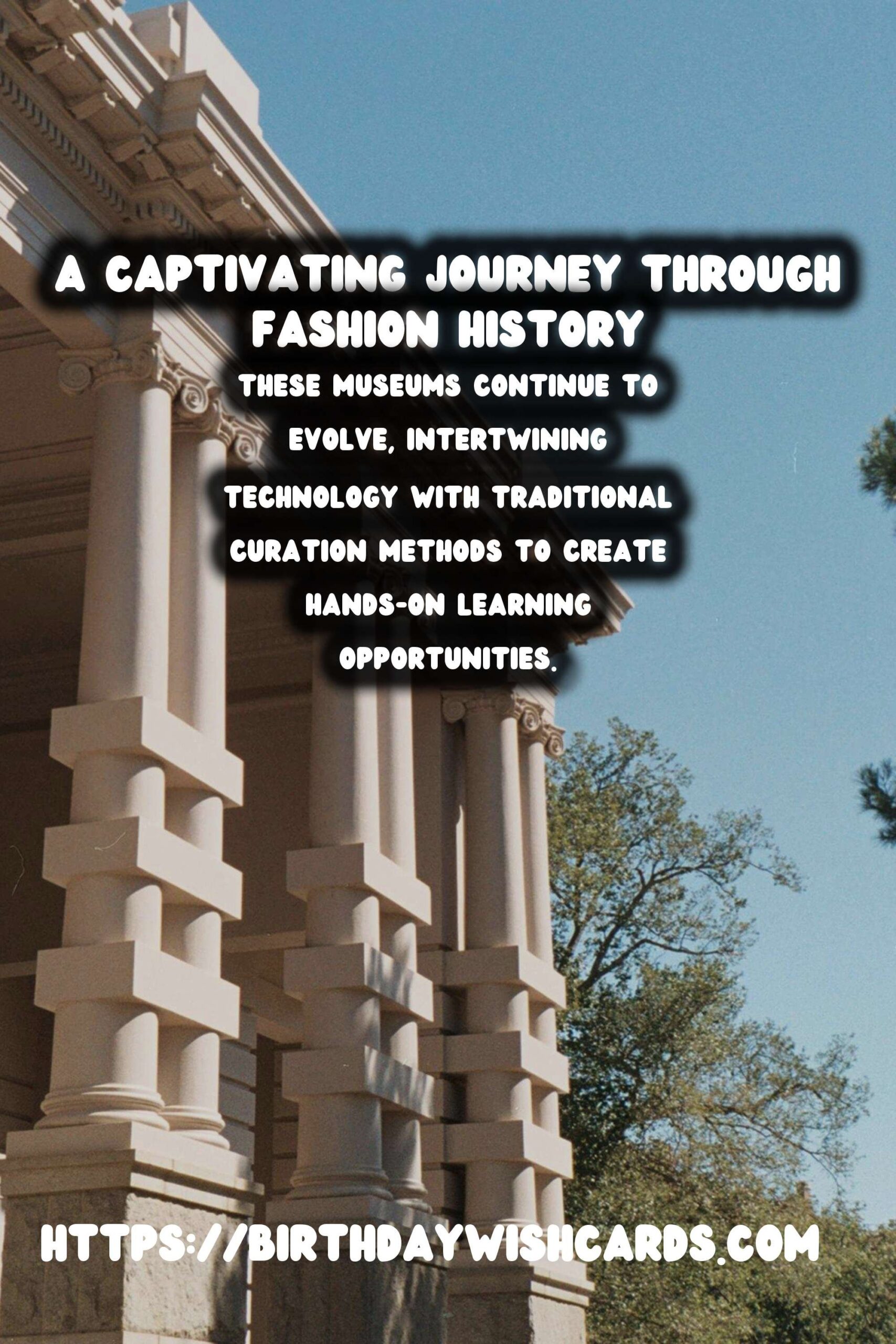
Fashion is more than just fabric and design; it’s a reflection of the times and cultures from which it stems. Historical fashion museums offer an immersive experience into the evolution of clothing and style, bridging the gap between history and modern design.
The Importance of Fashion Museums
Fashion museums play a critical role in preserving the rich tapestry of cultural heritage. They offer a tangible connection to the past, providing insights into the social, political, and economic influences on fashion through the ages. These establishments serve not only as conservators of garments but as educators for future generations.
Captivating Collections: What to Expect
When visiting a historical fashion museum, one can expect to encounter a vast array of garments and accessories, each piece dripping with history and stories. From ancient textiles to the opulence of Renaissance fashion, these museums house a timeline of trends, showcasing everything from everyday wear to high couture.
Museums such as The Metropolitan Museum of Art’s Costume Institute, the Museum of London, and the Kyoto Costume Institute offer collections that span centuries, featuring iconic pieces like the flapper dresses of the 1920s and the power suits of the 1980s.
Highlights of must-visit Historical Fashion Museums
One of the most renowned is The Victoria and Albert Museum in London, celebrated for its extensive collection that ranges from 17th-century dresses to modern fashion. The Musée des Arts Décoratifs in Paris offers over 150 years of fashion history right in the heart of a city synonymous with style.
The Kyoto Costume Institute in Japan is lauded for its focus on both Western and traditional Japanese fashion, highlighting the cultural exchange between East and West. Meanwhile, the Fashion Institute of Technology Museum in New York City showcases compelling exhibitions that merge fashion with art and technology.
Preserving History: The Conservation Efforts
An integral part of these museums is their conservation departments, where skilled conservators work tirelessly to preserve delicate fabrics and accessories for future generations. This behind-the-scenes work ensures that these fragile garments, some hundreds of years old, are maintained in pristine condition.
Conservators employ a variety of techniques to stabilize textiles and prevent further deterioration, creating exhibitions that are both educational and inspirational.
Fashion Forward: The Future of Historical Fashion Museums
As society advances, historical fashion museums are at the forefront of utilizing technology to enhance visitor experience. Virtual tours, interactive displays, and digital archives allow greater access to extensive collections, reaching audiences around the globe.
These museums continue to evolve, intertwining technology with traditional curation methods to create hands-on learning opportunities that captivate a digital-savvy audience.
Conclusion: A Continuous Thread Through Time
Historical fashion museums are vital repositories of cultural memory, tirelessly working to educate, inspire, and connect us with the rich and diverse history of fashion. They invite us to delve into a world where clothing becomes a narrative of human history, underscoring the importance of preserving our sartorial heritage.
Fashion is more than just fabric and design; it’s a reflection of the times and cultures from which it stems. These museums continue to evolve, intertwining technology with traditional curation methods to create hands-on learning opportunities. 
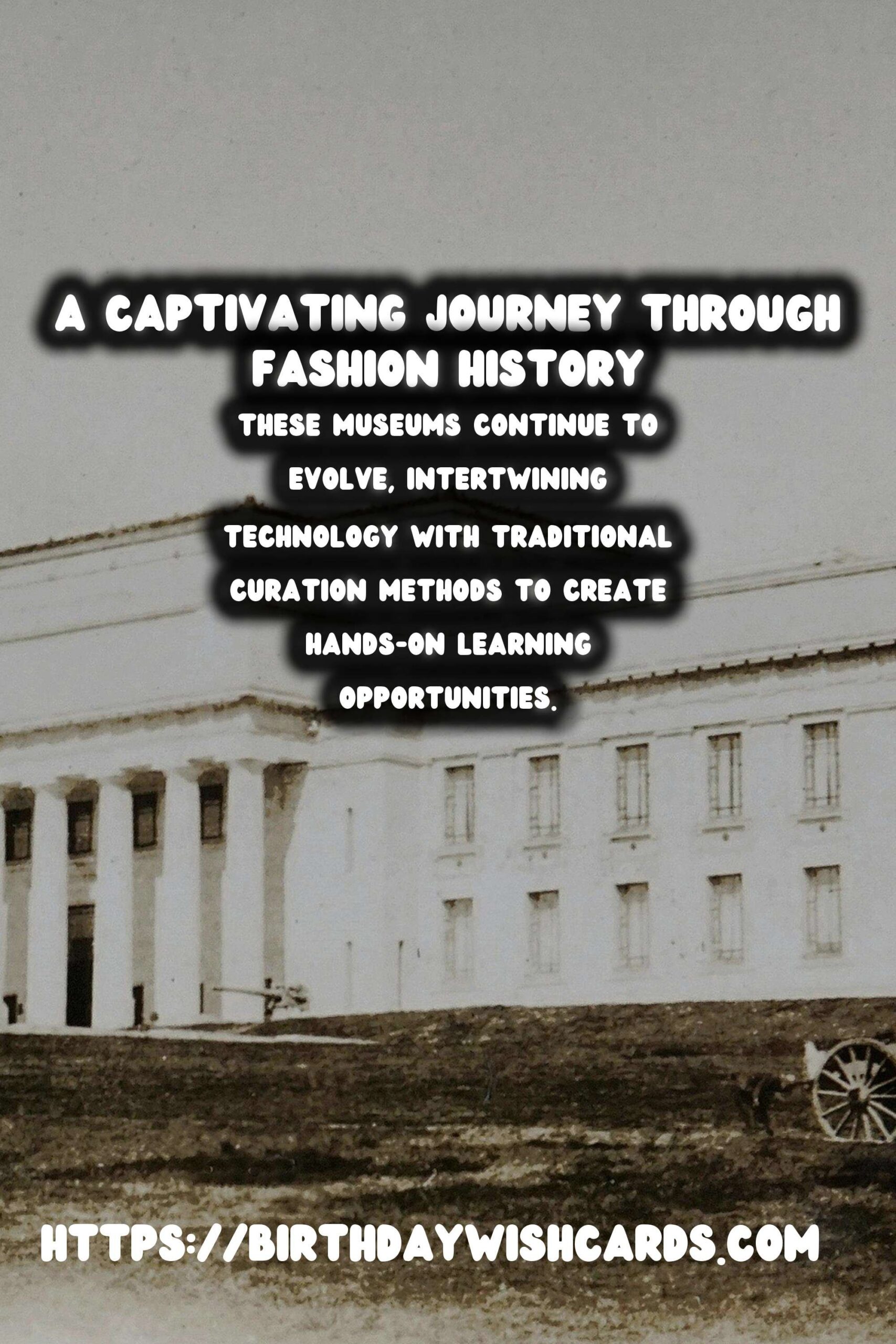

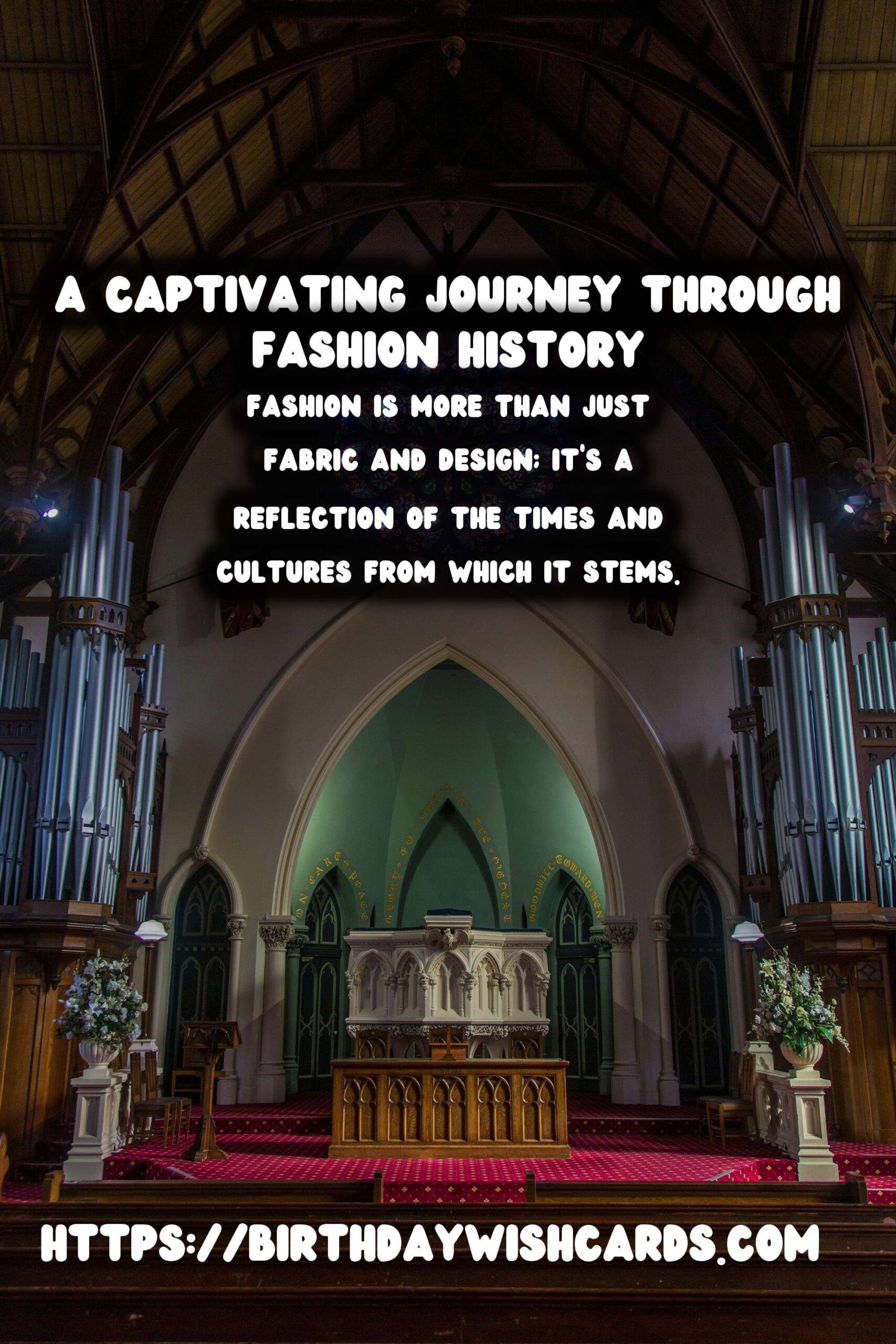
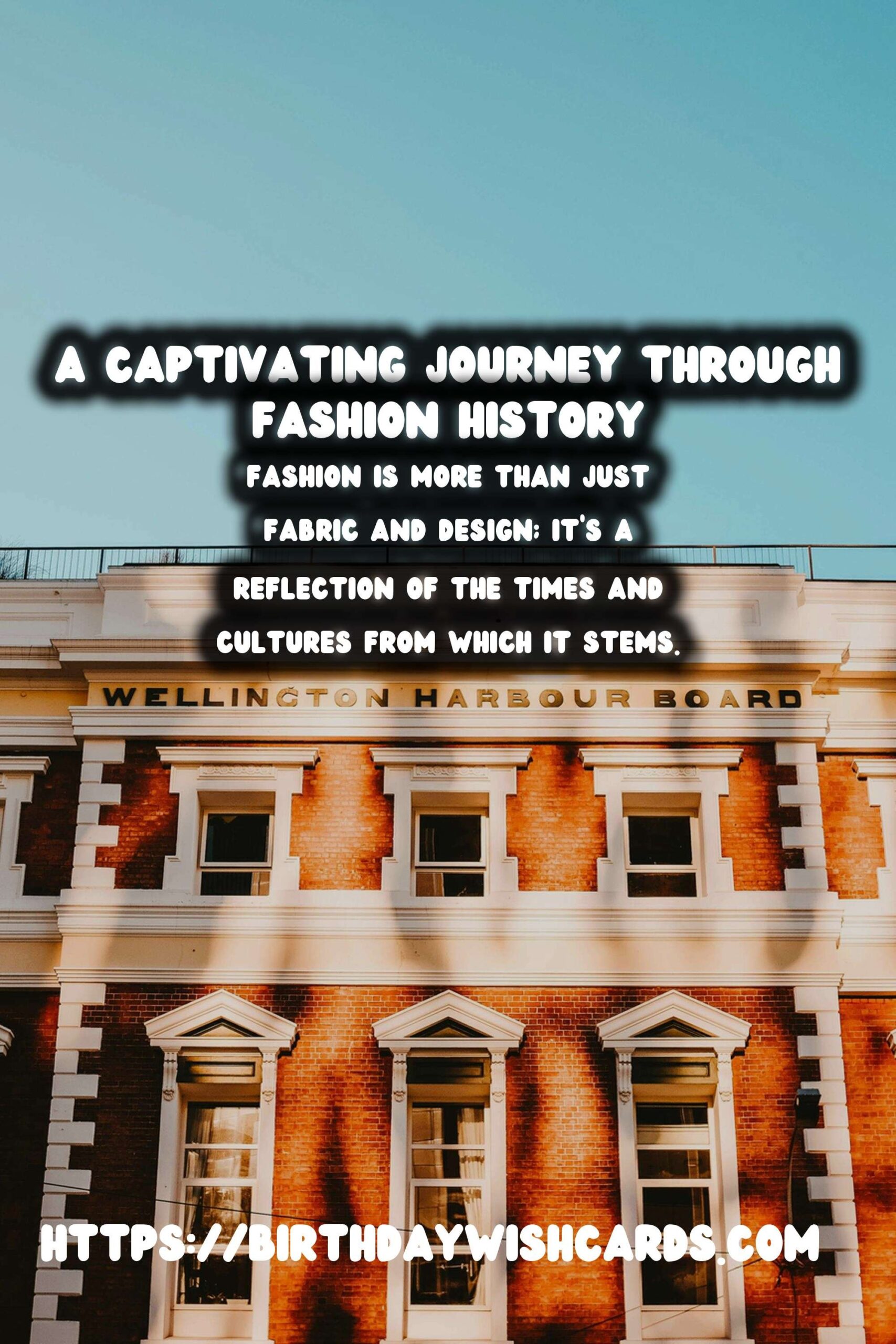

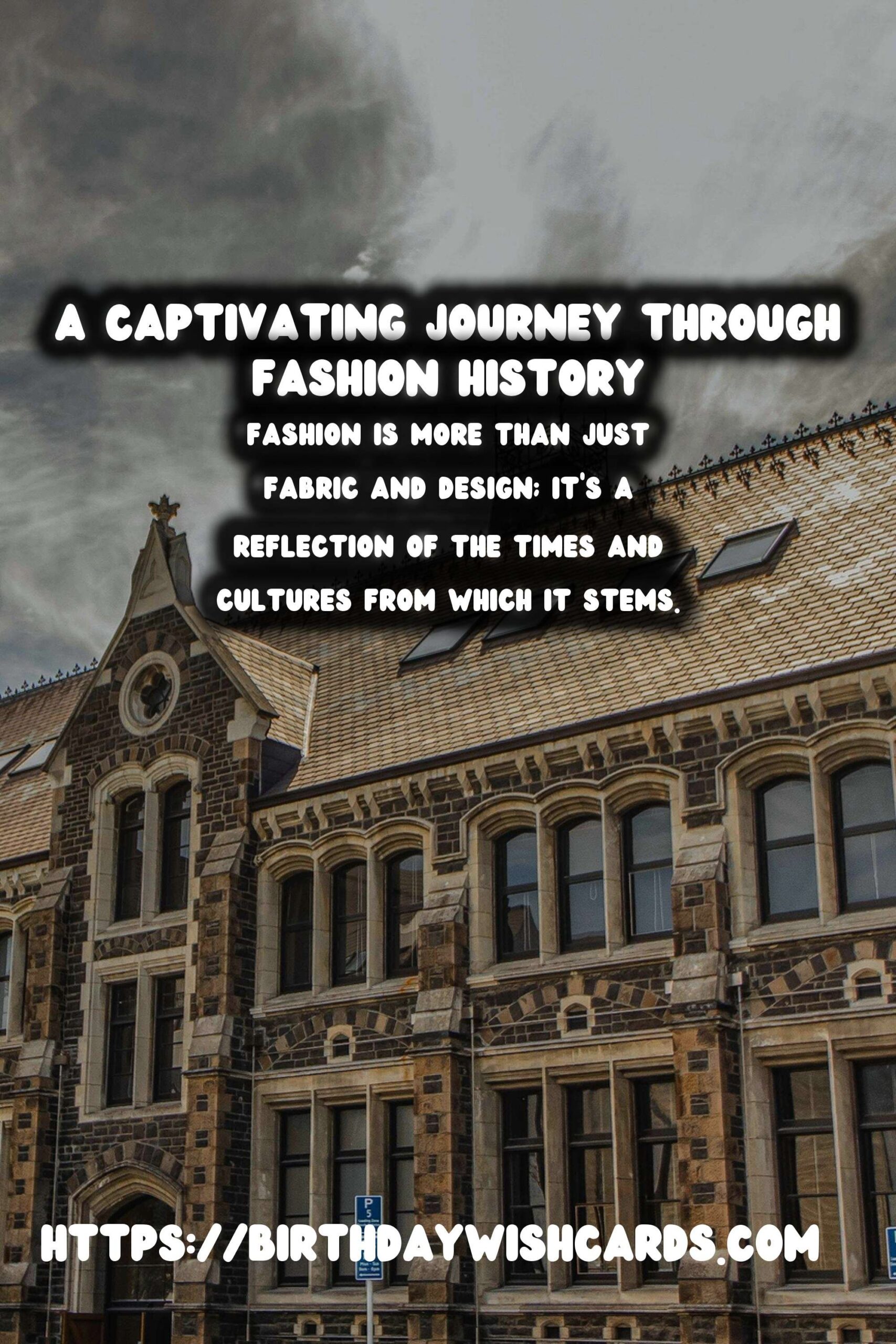
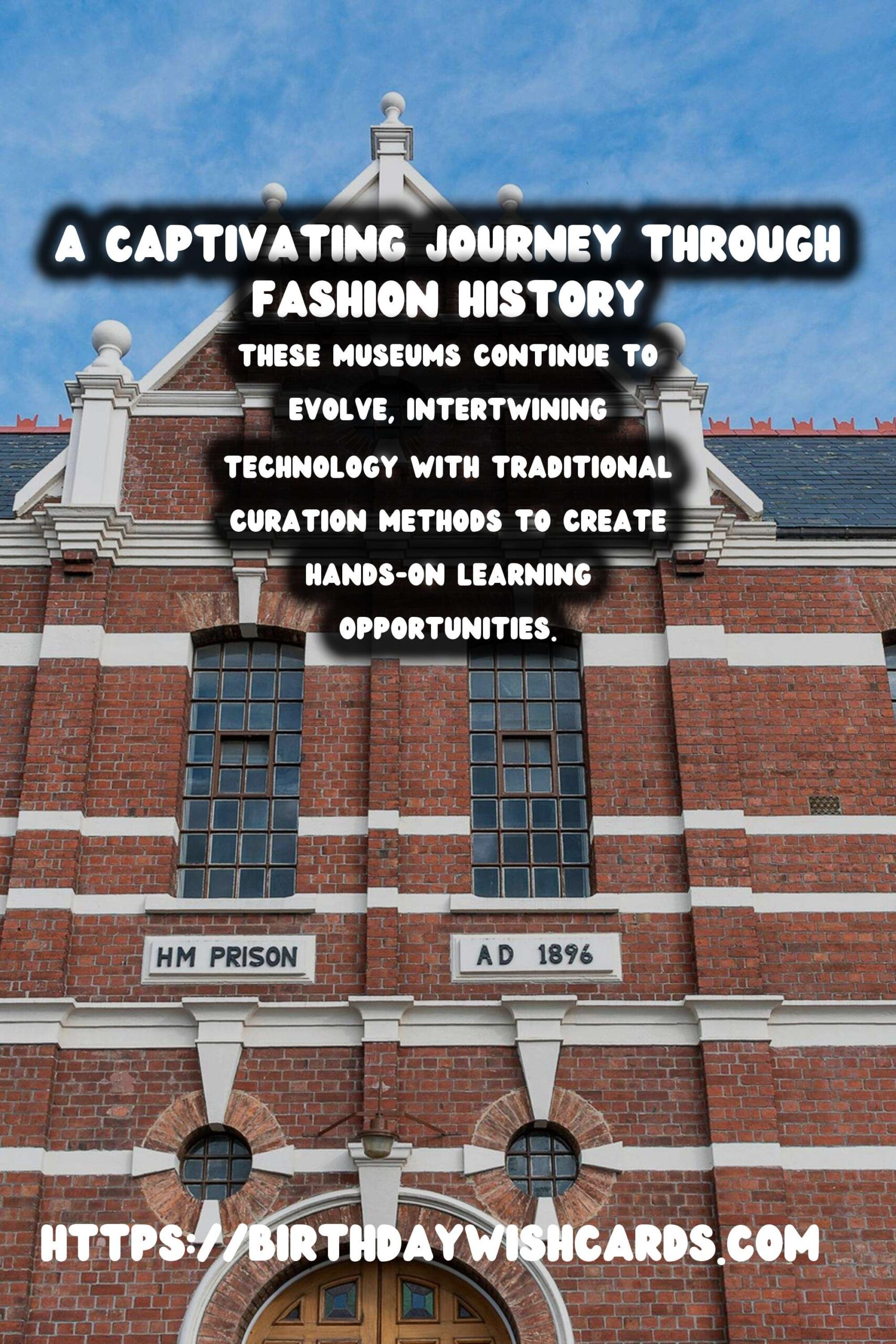
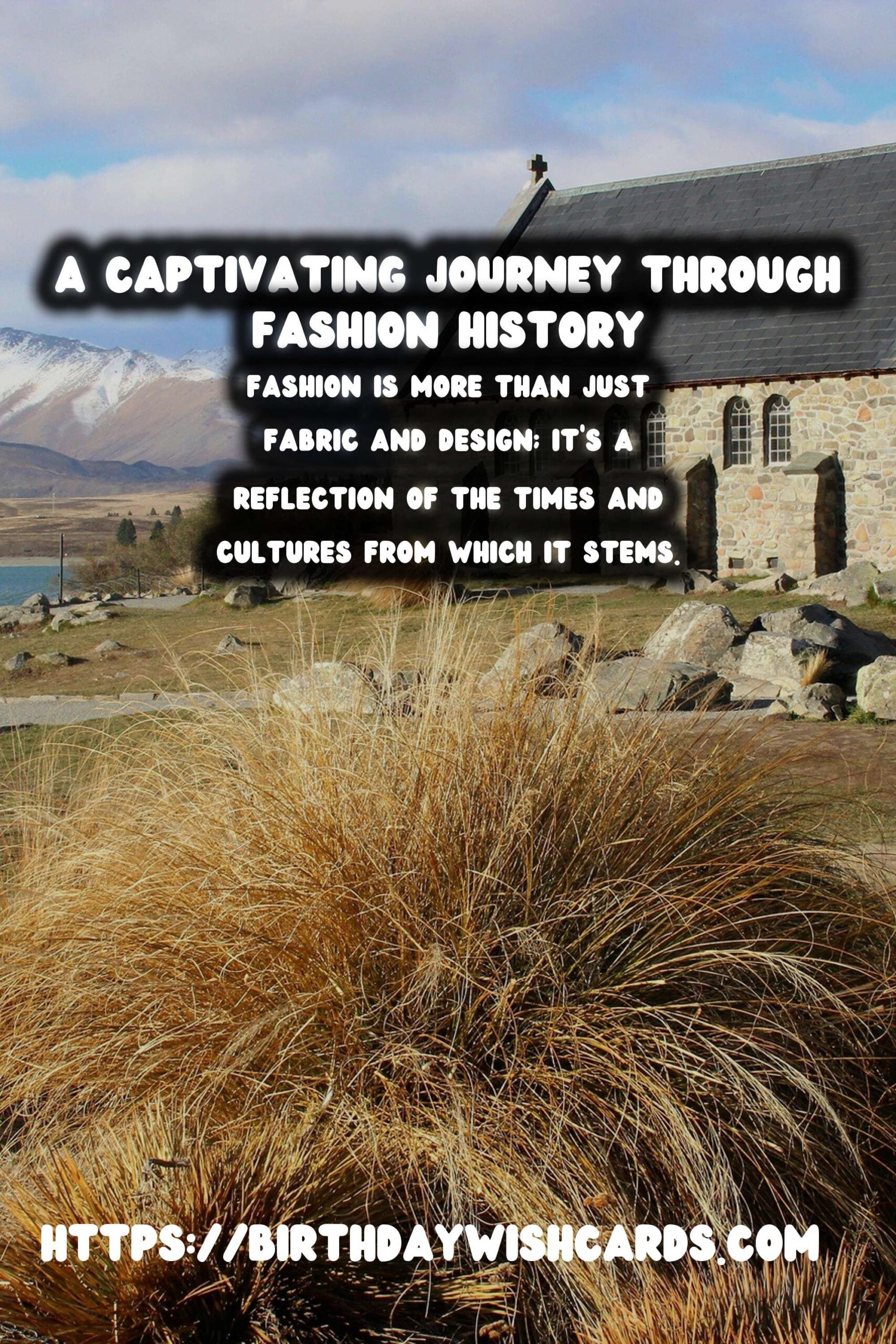

#FashionHistory #Museums



